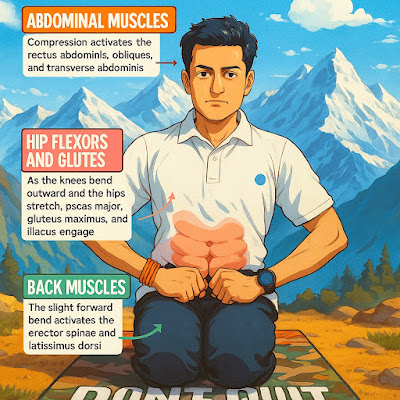Murphy’s Law - Real-Life Examples

Murphy's Law Anything that can go wrong, will go wrong. This famous phrase is widely known as Murphy’s Law— a principle that reflects the unpredictability and chaos of life. While it may sound pessimistic, Murphy’s Law is not just about doom and gloom. In fact, when applied thoughtfully, it can be a powerful tool for planning, risk management, and preparedness in everyday life. What is Murphy’s Law? Murphy's Law was developed by engineer Edward A. Murphy during late 1940s U.S. Air Force testing. The essence of the law is a reminder that if something can go wrong—especially due to oversight, error, or randomness—it likely will, unless prevented in advance. Using Murphy’s Law in Daily Life - Rather than viewing Murphy’s Law negatively, we can use it constructively to anticipate failures, plan better with backups, minimise risk in decisions, and improve efficiency and safety. This law encourages preventive thinking...












